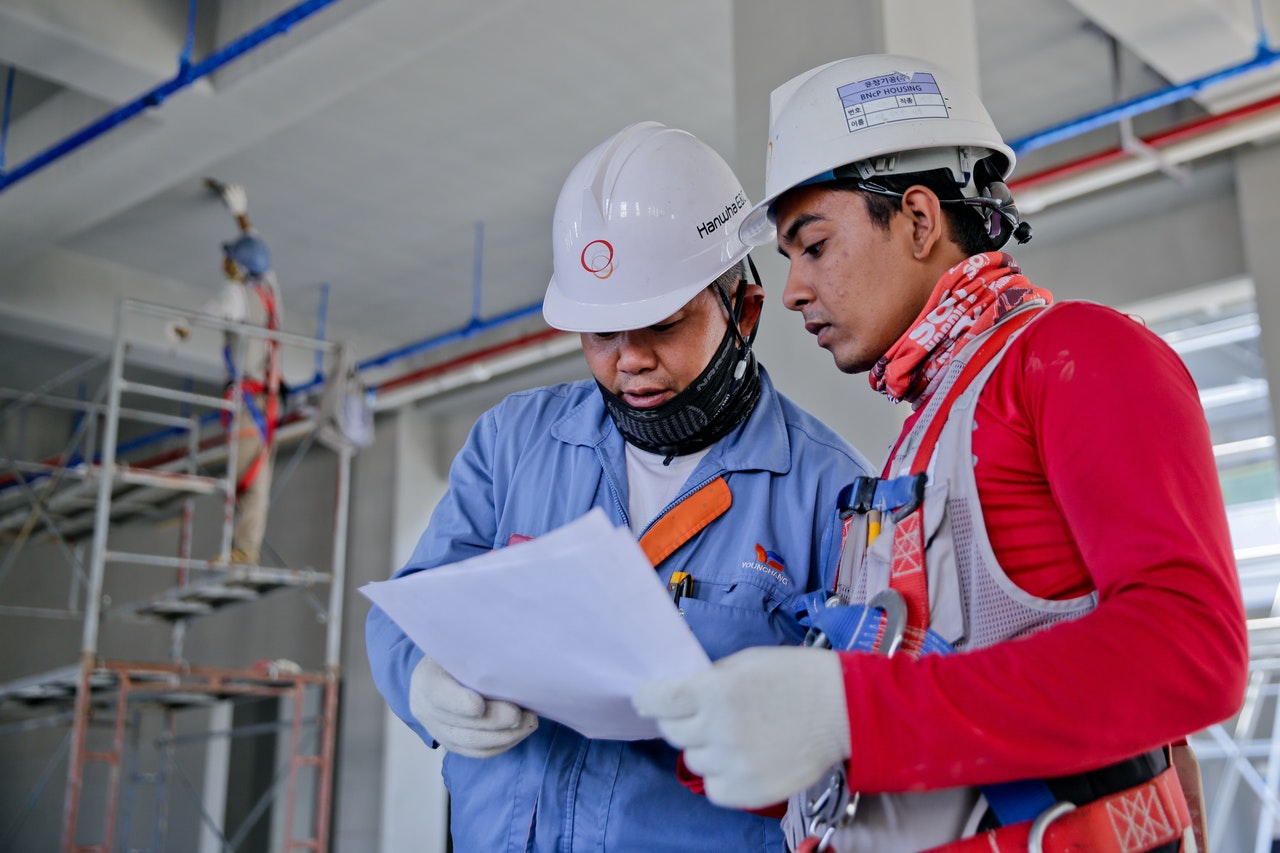Depending on which state you live in, construction might be an essential service during the pandemic. That means although some stay at home and work remotely. Essential workers may leave their homes to go to work. But this poses plenty of concerns. Many workers worry that going to work during a pandemic will risk getting them infected. Although this is possible, you are unlikely to catch the virus at work. That is as long as you follow proper safety practices at all times. Whether you’re an employer or an employee, we all have a responsibility to keep ourselves and others safe during these times. That said, here are eight safety practices you should always follow when working in construction or not.
1. Educate employees about COVID-19
Knowledge is power; that is how the saying goes. And at a time like this, it couldn’t be any more authentic. If you want the people around you to be safe from the virus, they have to be well-informed about it.
What is COVID-19?
COVID-19 is a virus that attacks one’s respiratory system. The virus can spread from person to person through respiratory droplets. Respiratory droplets can come in the form of saliva, snot, or the tiny particles that comes with the air we let out. That means if an infected person were to cough, sneeze, talk, or even breathe too close to you. The chances of you getting infected are high. Suppose the respiratory droplets of an infected person were to get into your system. Either through your mouth, nose, or eyes. You can get infected.
What are the symptoms of COVID-19?
A person infected by the virus may or may not show symptoms. Those that do may show these symptoms:
- Difficulty in or shortness of breathing
- Cough
- Fatigue
- Sore throat
- Headaches
- No sense of taste or smell
- Fever
- Diarrhea
- Body aches or muscle soreness
- Runny nose or congestion
- Vomiting
If you feel any of these symptoms, do not go to work. But the only way to know for sure if someone has the virus is through getting a swab test. As mentioned before, some people infected by the virus may not show any symptoms. Yet, they can still infect others.
How do we avoid getting infected by the virus?
Although the virus is highly contagious, it is quite simple to avoid getting infected by it. All you have to do is:
- Always wear a mask in public areas.
- Sanitise your hands, gadgets, tools, and anything you touch.
- Stay at least six feet away from another person.
- Avoid crowded areas.
Make sure that the people you work with are well-informed about the virus. The only way they can keep themselves safe is if they know how to prevent getting sick. And what symptoms to look out for.
2. Always practice proper hygiene and sanitation
As mentioned above, to avoid getting infected, you must always sanitise and practice proper hygiene. It might take a lot of work, but you must sanitise the workplace before and after people work. That includes tools that are often shared. Or better yet, don’t allow the sharing of tools and assign certain devices to specific people. This way, you can ensure that the virus doesn’t spread through the means.
Although contaminated surfaces are less likely to spread the virus, it’s still best to sanitise them. And offer a place where workers can wash their hands. Encourage the workers to wash their hands often before starting work, after using equipment, before eating, and after eating.

3. Remember to keep your distance
Again, social distancing is critical. The CDC suggests staying at least six feet away from other people. If you can’t avoid getting near each other, always wear a mask. Remember, the virus spreads more easily when in close contact with other people. Distancing can keep you safe.
4. Wear the correct and complete PPE
Wearing an accurate and complete PPE is incredibly important. Do not underestimate the importance of PPEs. Most construction sites require you to wear PPEs anyway. Continue being strict with that rule. Everything from helmets, gloves, protective clothing and footwear, ear protection, goggles, and masks. Wear them at all times.
5. Adjust schedules as needed
If you have too many workers. You may need to adjust schedules to cut down the number of employees in the workplace. Have workers alternate shifts or workdays. If there are any non-essential personnel that can work remotely instead of on-site. Encourage them to work remotely.
6. Do meetings online or outdoors
If you must conduct meetings, do so online. If it can’t be online, do it outside. Or at least in a well-ventilated area with plenty of space to social distance.
7. Limit the number of people in a confined space
If there are areas on-site that are tightly confined spaces. Try to check and assess how many employees are necessary to work in that area. Can it be done with one employee? How many employees can work there without breaking social distancing protocols?
8. Monitor employees and visitors thoroughly
Ensure that you are monitoring every employee and visitor. Require every person that enters the worksite to get their temperature checked. And make them answer a health declaration form before entering. This must be done every single day.
COVID-19 is scary. But as long as you practice the proper safety protocols, you can avoid getting sick. Remember these eight practices when going back to work. Not only will it save you but the people around you as well.

